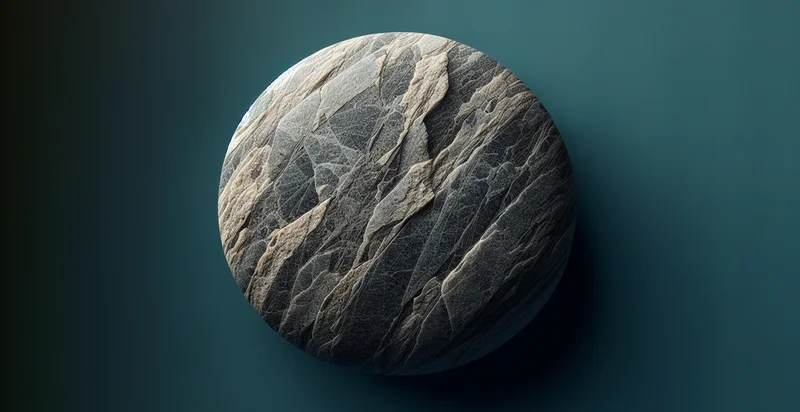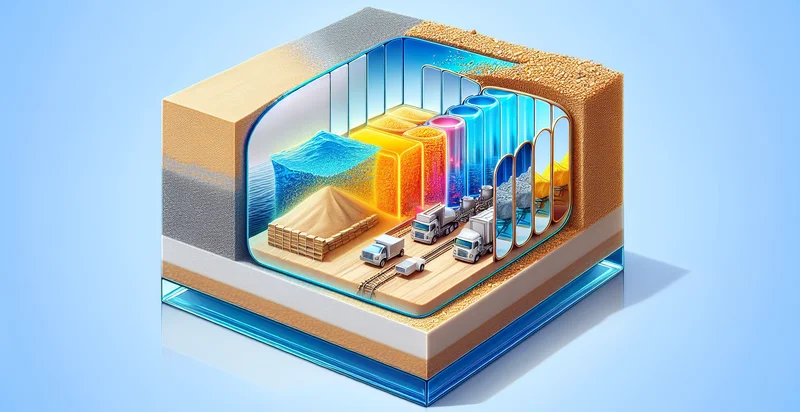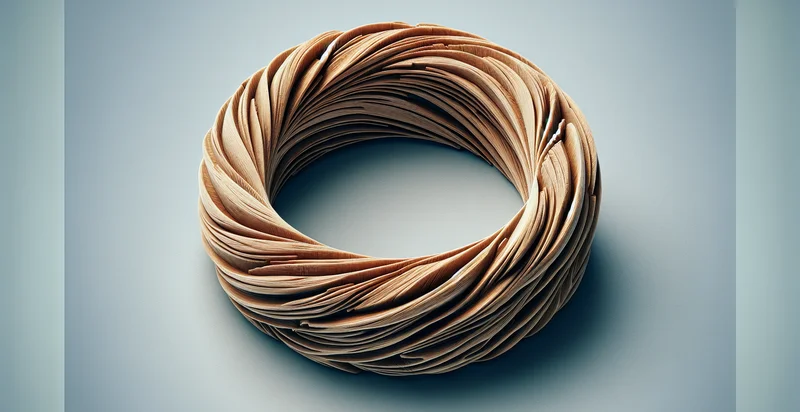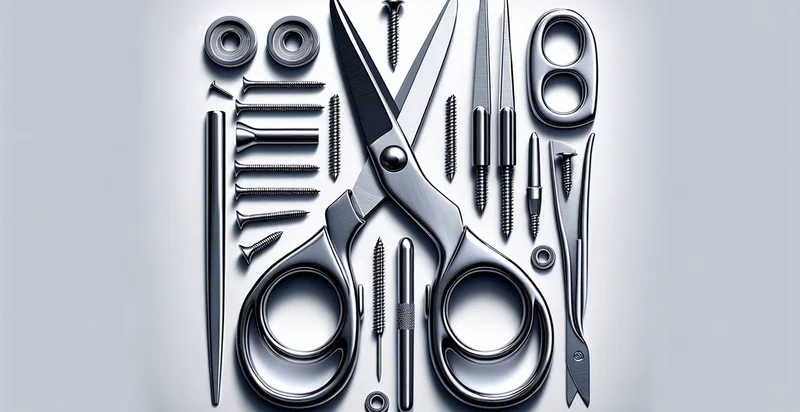Identify what material a coaster is made from
using AI
Below is a free classifier to identify what material a coaster is made from. Just upload your image, and our AI will predict what material a coaster is made from - in just seconds.

Contact us for API access
Or, use Nyckel to build highly-accurate custom classifiers in just minutes. No PhD required.
Get started
import nyckel
credentials = nyckel.Credentials("YOUR_CLIENT_ID", "YOUR_CLIENT_SECRET")
nyckel.invoke("what-material-a-coaster-is-made-from", "your_image_url", credentials)
fetch('https://www.nyckel.com/v1/functions/what-material-a-coaster-is-made-from/invoke', {
method: 'POST',
headers: {
'Authorization': 'Bearer ' + 'YOUR_BEARER_TOKEN',
'Content-Type': 'application/json',
},
body: JSON.stringify(
{"data": "your_image_url"}
)
})
.then(response => response.json())
.then(data => console.log(data));
curl -X POST \
-H "Content-Type: application/json" \
-H "Authorization: Bearer YOUR_BEARER_TOKEN" \
-d '{"data": "your_image_url"}' \
https://www.nyckel.com/v1/functions/what-material-a-coaster-is-made-from/invoke
How this classifier works
To start, upload your image. Our AI tool will then predict what material a coaster is made from.
This pretrained image model uses a Nyckel-created dataset and has 16 labels, including Bamboo, Ceramic, Concrete, Cork, Fabric, Glass, Leather, Marble, Metal and Paper.
We'll also show a confidence score (the higher the number, the more confident the AI model is around what material a coaster is made from).
Whether you're just curious or building what material a coaster is made from detection into your application, we hope our classifier proves helpful.
Related Classifiers
Need to identify what material a coaster is made from at scale?
Get API or Zapier access to this classifier for free. It's perfect for:
- Material Recycling Validation: This function can be utilized by recycling facilities to accurately identify the materials used in coasters. By implementing this technology, facilities can enhance their sorting processes, ensuring that coasters made from recyclable materials are properly processed, thus promoting sustainable practices.
- E-commerce Product Verification: Online retailers can leverage this identification function for quality control of coaster materials before listing them on their platforms. By ensuring that product descriptions and images match the actual materials, retailers can reduce returns and enhance customer satisfaction.
- Interior Design Consultations: Interior designers can use the material identification function to recommend coasters that match their clients' decor styles. By quickly identifying material properties, designers can curate personalized selections that complement the overall aesthetics of a space.
- Market Research Analysis: Companies in the home goods sector can utilize this function to analyze consumer preferences regarding coaster materials. By identifying trends and popular materials, businesses can make data-driven decisions about product development and marketing strategies.
- Quality Assurance in Manufacturing: Manufacturers of coasters can implement this identification function as part of their quality assurance processes. Ensuring that the correct materials are used can prevent defects and improve product consistency, leading to higher customer satisfaction and brand loyalty.
- Educational Tools for Material Science: This identifier can serve as a resource for educational institutions teaching material science. Students can use it to learn about various materials, their properties, and applications in everyday products, fostering a practical understanding of material classification.
- Augmented Reality Home Decor Apps: Developers of AR applications can integrate this function to provide users with real-time information about coasters when scanned. This feature would enhance user engagement by offering details about material benefits, aesthetic compatibility, and sustainable options, supporting informed purchasing decisions.


